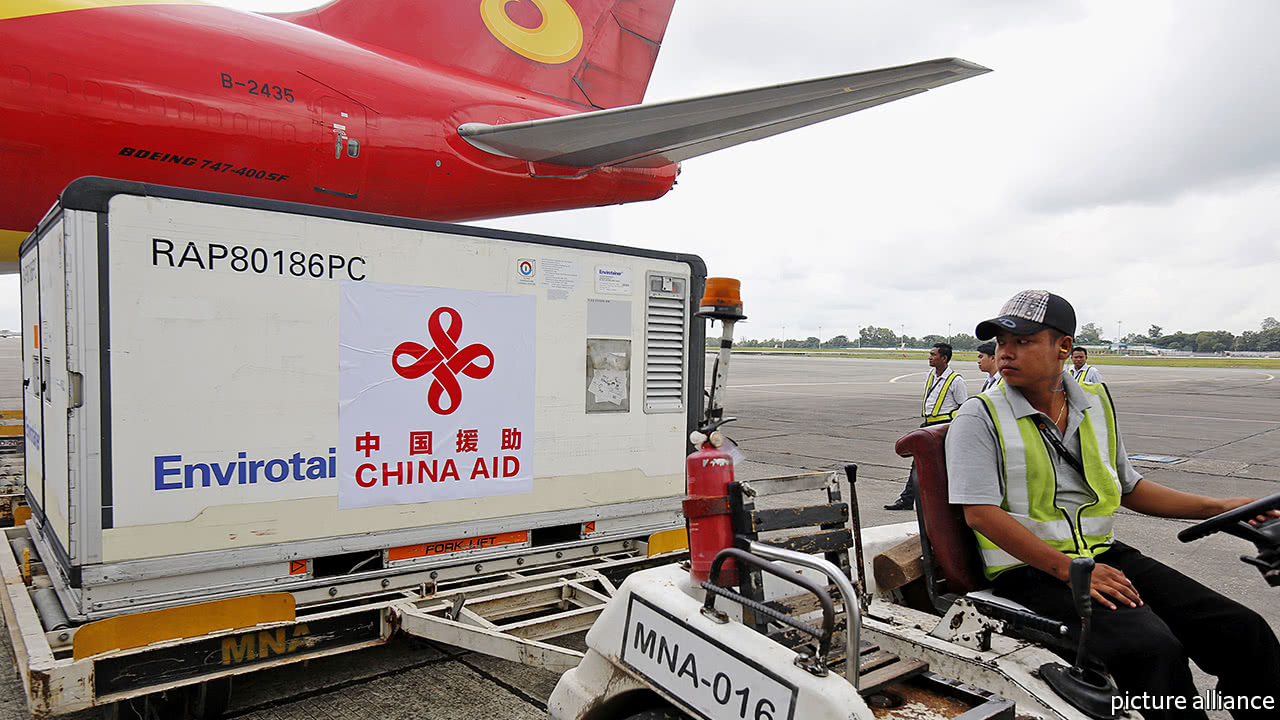February 25, 2018
Climate Change: Developing Asia Drives Industrial Heat Demand
By Élie Bellevrat and Kira West
Industrial heat makes up two-thirds of industrial energy demand and almost one-fifth of global energy consumption. It also constitutes most of the direct industrial CO2 emitted each year, as the vast majority of industrial heat originates from fossil-fuel combustion.
Yet despite these impressive figures, industrial heat is often missing from energy analyses. That is why this year’s World Energy Outlook takes a deep dive in this important segment of our energy system.
While industrial heat demand – at all temperature levels – grows in the central scenario of the World Energy Outlook 2017, the underlying drivers are different depending on temperature requirements. Low- and medium-temperature heat (below 400C) is expected to account for three-quarters of the growth in heat demand in industry by 2040, driven by less energy-intensive industries.
This is a reversal of historical trends: in the last 25 years, high-temperature heat represented two-thirds of overall heat demand growth, driven by China’s rapid development of heavy industries such as steel and cement. That said, developing Asia continues to drive industrial heat demand growth in our outlook: the growth in low- to medium-temperature needs in this region alone represents about half of the global industrial heat demand increase in use to 2040.
Low-temperature heat use grows in most regions through 2040, except in the European Union and Japan. The outlook for high-temperature heat varies even more across regions, including among developing countries. It decreases in China with the country’s shift to a less energy-intensive development pathway, while it increases in India as the country becomes, by large distance, the main global driver.
As industrial heat demand continues to grow so does its share in energy-related CO2 emissions, accounting for a quarter of global emissions by 2040. Any efforts taken to reduce this global trend face unique challenges. First, industrial heat is often generated on-site, making it more difficult to regulate than a more centralized sector such as large thermal power generation. There is also limited policy focus in this area compared with other sectors.
Second, while heating needs for residential and commercial buildings are fairly standard, industrial heat encompasses a wide variety of temperature levels for diverse processes and end-uses. For instance, cement kilns require high-temperature, while drying or washing applications in the food industry operate at lower temperatures.
Different technology and fuel options are available depending on the required temperature level, but these are often not interchangeable. For example, low-temperature heat from a heat pump cannot be substituted for high-temperature heat from a gas boiler.
Today’s industrial heat demand relies mainly on fossil fuels, biomass and electricity, and only very small shares of renewable resources in certain sectors. Therefore decarbonisation would require a dramatic shift in how industrial heat is generated. Yet this goal is instrumental to following a low-carbon development pathway as defined in the Sustainable Development Scenario, a new global scenario providing an integrated way to achieve three critical policy goals simultaneously: climate stabilisation, cleaner air and universal access to modern energy. The best option for reducing energy use of industrial heat will depend on the specific use and required temperature.
In his seminal classic, Geopolitics of Technology, prof. Anis H. Bajrektarevic states: “…, the main problem with Green/Renewable (de-carbonized) energy is not the complexity, expense, or the lengthy time-line for fundamental technological breakthrough; the central issue is that it calls for a major geopolitical breakthrough. .. Ergo, oil (and gas) represents far more than energy. Petroleum (be it a finite biogenic mineral or not) is a socio-economic, psychological, cultural, financial, security and politico-military construct, a phenomenon of civilization … In a broader historical, more vertical or philosophical sense, the hydrocarbons and its scarcity phychologization, its monetization (and related weaponization) is serving rather a coercive and restrictive status quo than a developmental incentive. That essentially calls not for an engagement but compliance…”
Fuel switching can provide some benefit, for instance substituting gas for coal, but for more ambitious climate targets more transformative solutions are needed. For example, under certain conditions, electrification can be a low-cost and sustainable option – heat pumps can be economical solutions for low- and medium-temperature needs. Electrification may also be possible for specific high-temperature industrial processes, such as electricity-based steel production. However the sustainability of electrification depends on broad decarbonisation of the power sector to actually reduce emissions at the system level.
Direct renewable heat sources such as solar and geothermal can also be economical for applications below 400 degrees Celsius, but they are not easy to integrate in all industrial facilities. Bioenergy can be used for high-temperature heat demand, but is resource-constrained and only economical and sustainable under certain operating conditions and in certain regions.
Industrial heat can be decarbonised through the deployment of carbon capture, utilization and storage (CCUS). This can include, for instance, technologies to remove CO2 emissions from flue gas before recycling the CO2 in industrial processes, such as for methanol production, or storing it permanently.
Finally, end-use efficiency, through the use of modern equipment, improved insulation or heat recovery, can reduce final demand before the heat is even generated – often, limiting overall heat requirements is the first strategy adopted, before taking actions to decarbonise remaining heat use.
Ultimately, widespread deployment of energy efficiency and a least cost mix of these options can point to a more sustainable future for industrial heat. Putting the appropriate regulatory framework in place will be key to ensuring that investments are targeted in a way that makes this future possible.
Élie Bellevrat and Kira West are World Energy Organization analysts. An early version of this was published by the International Energy Agency











